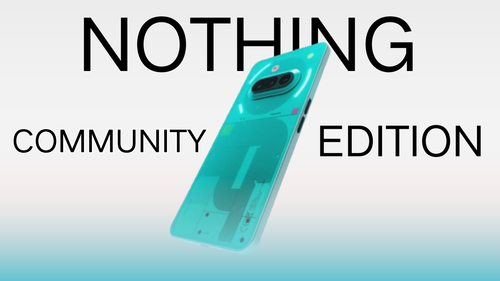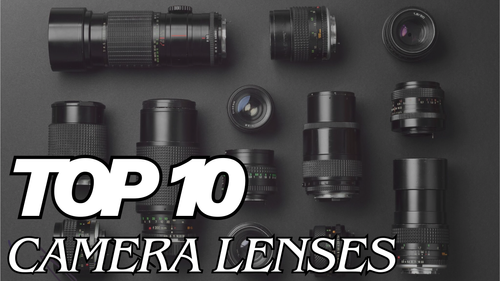Ad

Vivo X80 Pro+ axed, next flagship to be the Vivo X90 series
4,839 views
Follow Us:
4,839 views

A Vivo rep told GSM Arena that the company has cancelled the Vivo X80 Pro+ and is getting closer to the X90 series, which is reportedly set to launch in late 2022. The Vivo X90 series is expected to be launched in December. It was previously rumoured that it could be a significant improvement over its predecessor. According to reports, the Vivo X90 Pro+ is expected to be the top model of the Vivo X90 series.
The Vivo X70 series was launched in September last year, and less than seven months later, Vivo first launched the Vivo X80 series in April, followed by May in India. Given the schedule, it's almost time for the Vivo X90 series to debut, at least in China. Previously, the Vivo X90 series was scheduled to debut in December of this year. The flagship series will be launched in India in coming months.
Vivo X90 Series Specifications
The Vivo X90 series is rumoured to feature a new 4nm Qualcomm Snapdragon chipset, which could be the Snapdragon 8 Gen 2. The Vivo X90 Pro+ will also feature a 1-inch camera sensor and a new telephoto shooter. The Vivo X90 Pro+ will also come with a new Samsung E6 AMOLED display and UFS 4.0 storage.
The Vivo X80 Pro+ was previously expected to come with a Qualcomm Snapdragon 8+ Gen 1 and an upgraded camera setup rumoured to swap dual telephoto lenses of 12 and 8 megapixels in 50 megapixel increments. The Vivo X80 Pro+ was also supposed to feature a faster 200W charging. It is not yet confirmed whether the X90 Pro+ will support 200W fast charging.
Latest News





Reviews & Guides
View All

Nothing Phone 3a Community Edition First Impressions: A Fresh Take on Budget Smartphones

Realme P4x 5G Review: Budget-Friendly Beast with Epic Battery Life

Sony BRAVIA 7 Mini LED K-65XR70 vs. Haier Mini LED H65M95EUX

Samsung QN90F (65QN90FAU) Review: The King of Bright-Room Viewing

Why doesn’t Apple reveal the iPhone battery in advertisements?

Top 10 camera lenses you should Own in 2025

Donald Trump Watch Collection: Timeless Luxury on the Wrist

Best Smartphones Under 30,000 in 2025







